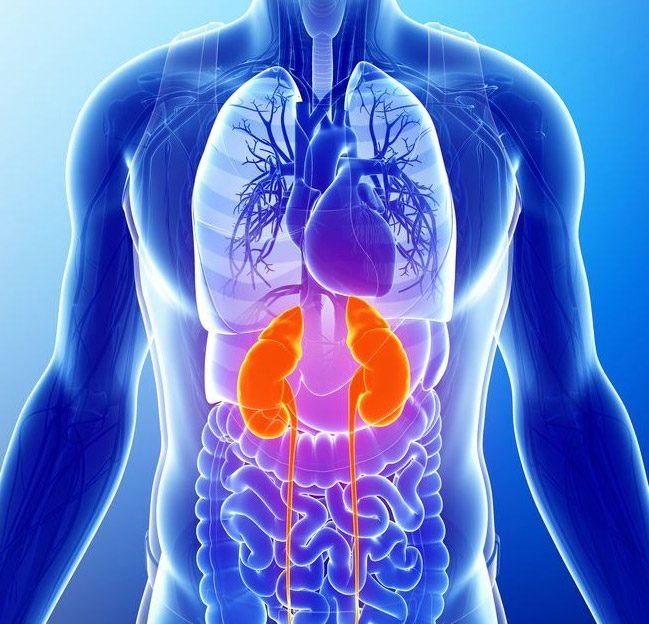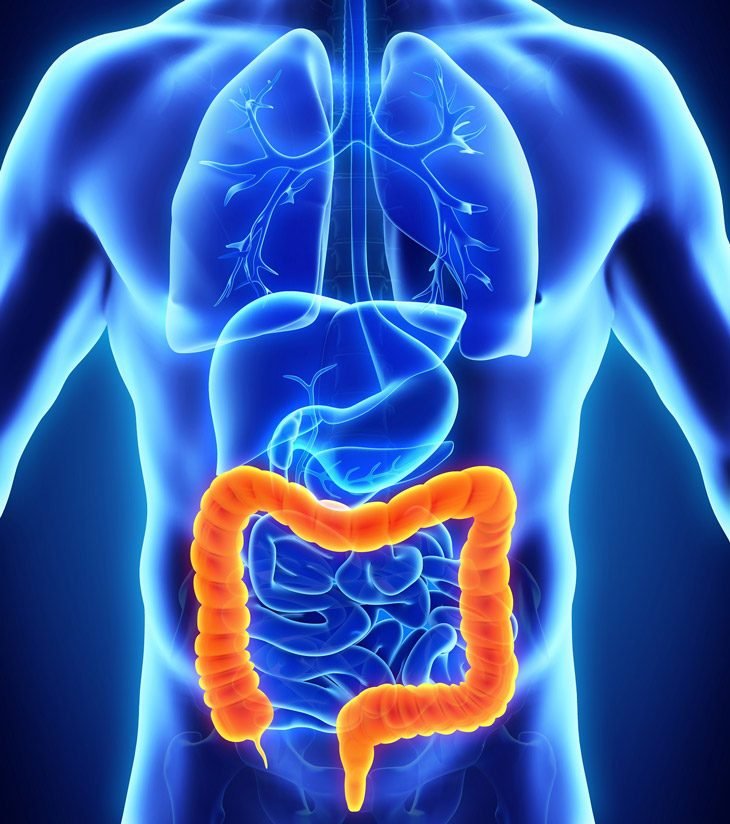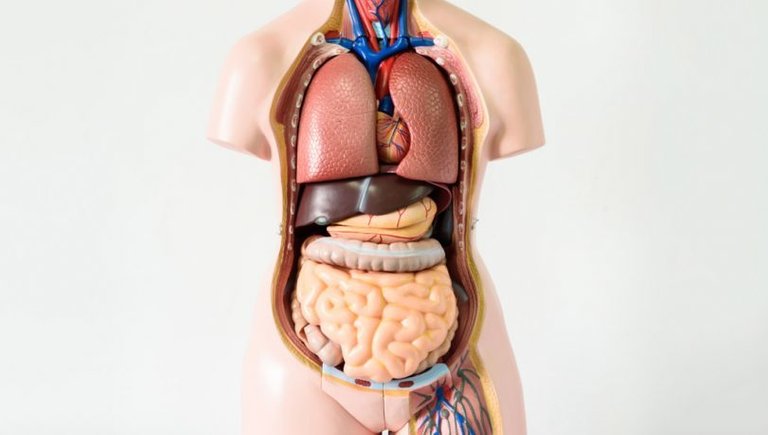
For example, when you donate half a liter of blood, you lose 3.5 trillion red blood cells, but your body makes up for it quickly and easily, so you can lose large parts of your vital organs and survive.
As an example, people can live relatively normally with just half a brain, and there are other members that we can completely eliminate without affecting our lives greatly.
Here are some of these members that can be removed from your entire body:
Spleen:
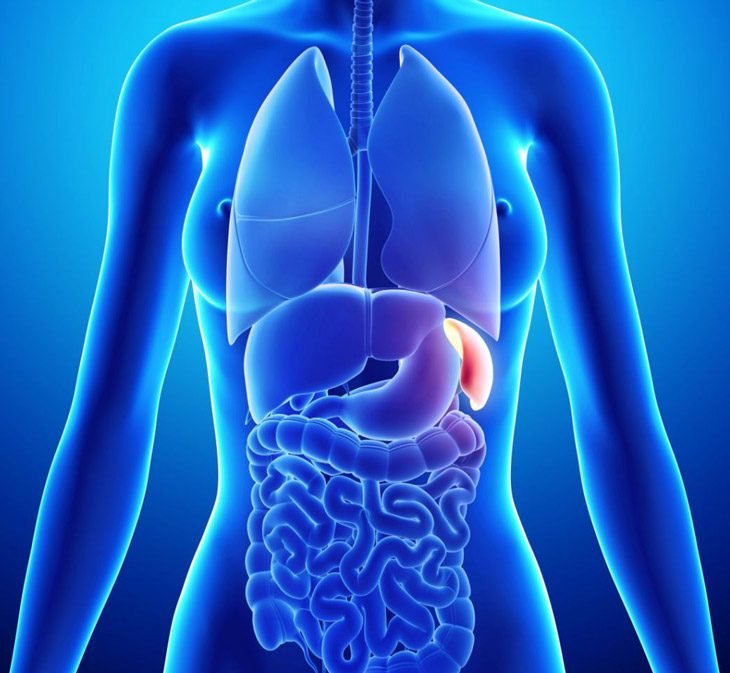
The spleen is located in the left side of the abdomen, back and below the ribs. In most cases, the organ is removed due to a traumatic injury. Because of its proximity to the ribs, it is susceptible to abdominal injury.
The spleen is coated with a very light tissue that surrounds it from all sides such as the capsule. This membrane is characterized by permeability, which causes blood to leak when the spleen is infected, which may cause death for various reasons.
When you look inside the spleen, you will find two distinct colors, dark red and small pockets of light white. These colors are related to the work of these areas. Red colors are the areas of red blood cell storage and regeneration while white sinuses are the storage areas of leukocytes and platelets.
You can live easily without the spleen, because the liver plays a major role in red blood cell regeneration, accompaniment and storage. Similarly, lymphatic tissue distributed in different parts of the body plays the role of white areas in the storage of leukocytes, thus helping the immune system to play its role. The spleen completely does not affect a person's life.
Stomach :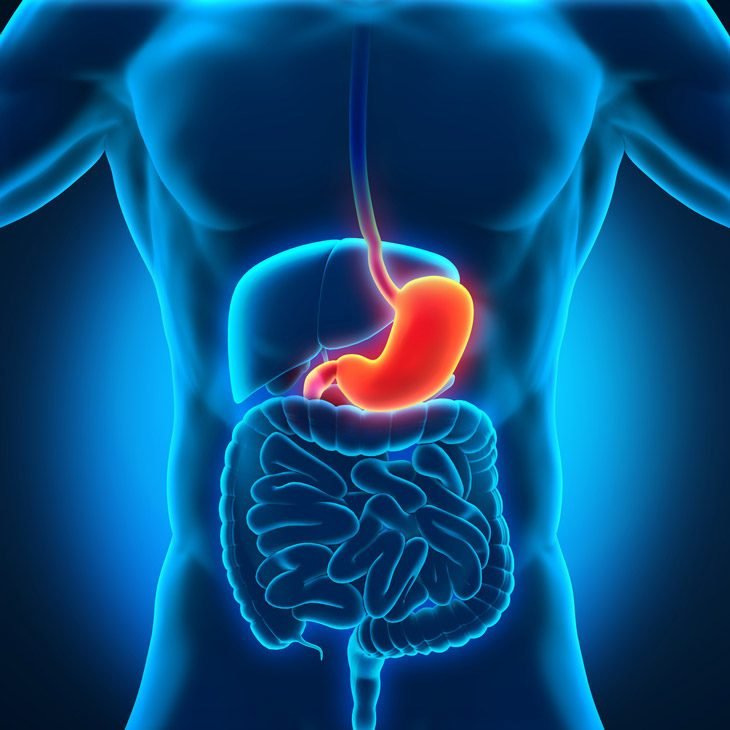
The stomach performs four major functions in the body: mechanical digestion. Through contraction, it helps in the process of decomposition of food as a result of the movement of food and its fluctuation within the stomach. Chemical digestion through the secretion of acidic substances breaks down the chemical bonds between different food components to facilitate digestion, The food before its arrival to the delicate eye, also has a secretory function.
The stomach is sometimes excised as a result of carcinogenicity or exposure to illness. In 2012, a British woman's stomach was removed after drinking a cocktail containing liquid nitrogen.
When the gastrectomy is performed, surgeons attach the esophagus directly to the beginning of the small intestine. After recovery and recovery, the person can eat relatively normally with vitamin supplements.
genitals:
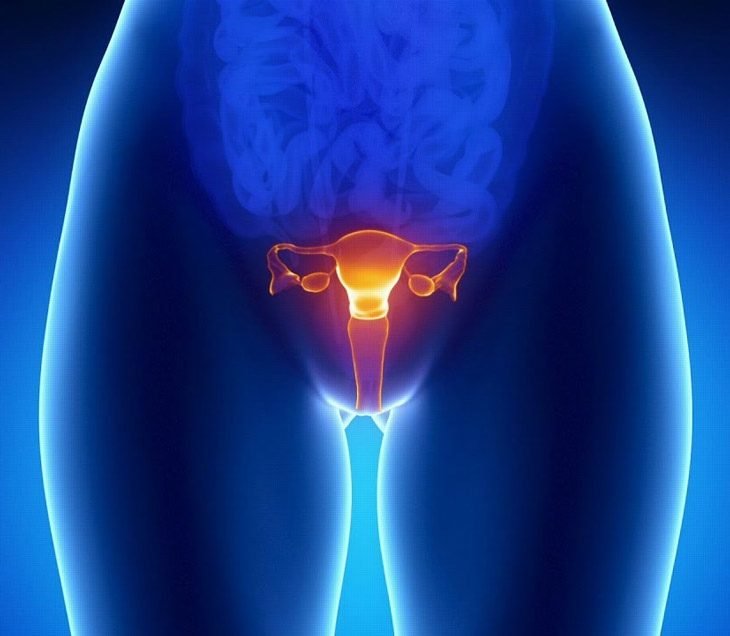
The main male and female genitalia are the testicles and the ovaries, respectively, and these are doubly and medically male. The heterosexual men and women together can have children with one member without the other (testicular and ovary rather than testes and ovaries). These abortions occur as a result of cancer or because of The trauma caused by physical violence, reckless exercise or traffic accidents of both sexes, of course.
The hysterectomy can be performed in women without any effect on health, but then pregnancy will not occur and the menstrual cycle will also be interrupted. The testicle may also be removed in men as a treatment for testicular cancer.
Scientists say that women who have had ovulation have not been affected by their average age. Interestingly, this is different for men. The removal of both testicles in some males may lead to an increase in life expectancy;
Colon:
The colon or large intestine is a 1.8-meter-long tube consisting of four parts: the ascending, the descending, the transverse and the Sinai. Its main function is to re-absorb the water and compress and accumulate the stool before it is cast in a relatively harsh form.
In some people, the colon may be removed from cancer and some severe inflammatory diseases, and it is removed in whole or in part or at least two parts. Most people recover completely after these operations, but they must follow a healthy diet of soft foods to speed up the healing process. Complications.
Gallbladder:
The gallbladder is located under the liver at the right and the top of the abdomen is completely under the ribs and stores the yellow juice. The liver produces this juice constantly because it helps in the process of breaking fat, but when there is no need for this juice go to store the gallbladder. When the small intestine feels the existence of fats, This causes the yellow juice to pass from the gallbladder to the intestine, forcing the fat to break down and break down. Excess cholesterol in the yellow juice can lead to the formation of gallstones in the gallbladder that can block the bile ducts that move the juice inside, causing severe pain and swelling. Aja.
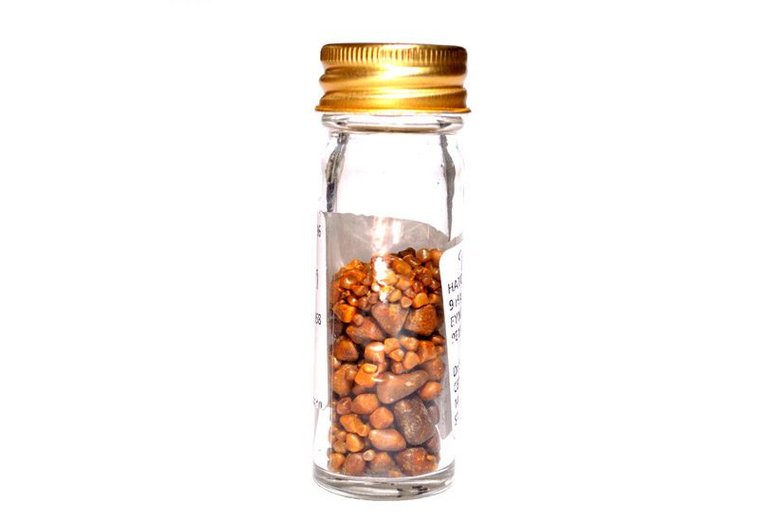
When this happens, someone has to go to the nearest hospital for eradication. This operation is known as Cholecystectomy. Every year, in Britain, for example, there are 70,000 people.
Many people have gallstones that do not cause symptoms, while there are a number of stones in others that can be said to be a figure to enter the Guinness Book of Records. In India, in 2015, an Indian woman with 12,000 gallstones was excised.
Appendix:
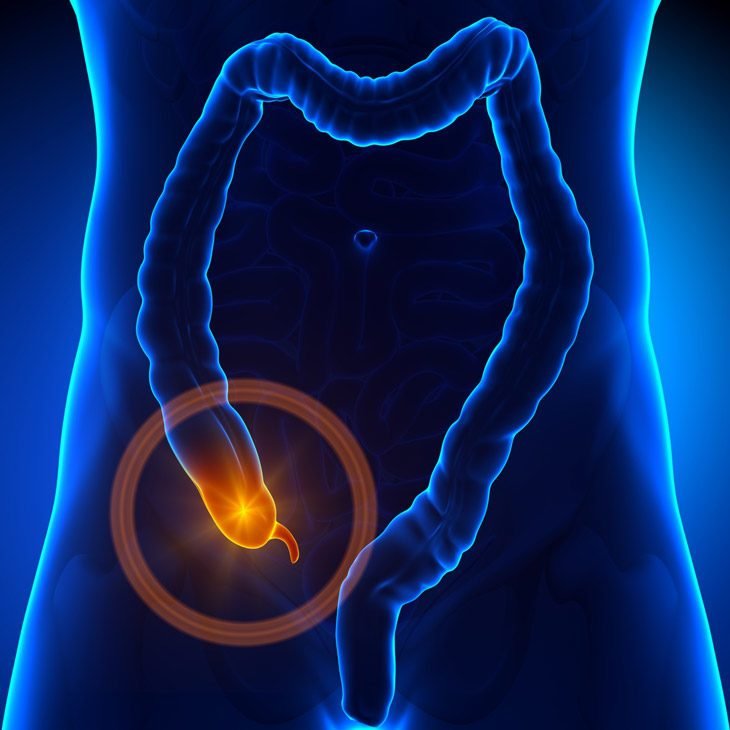
the college:
